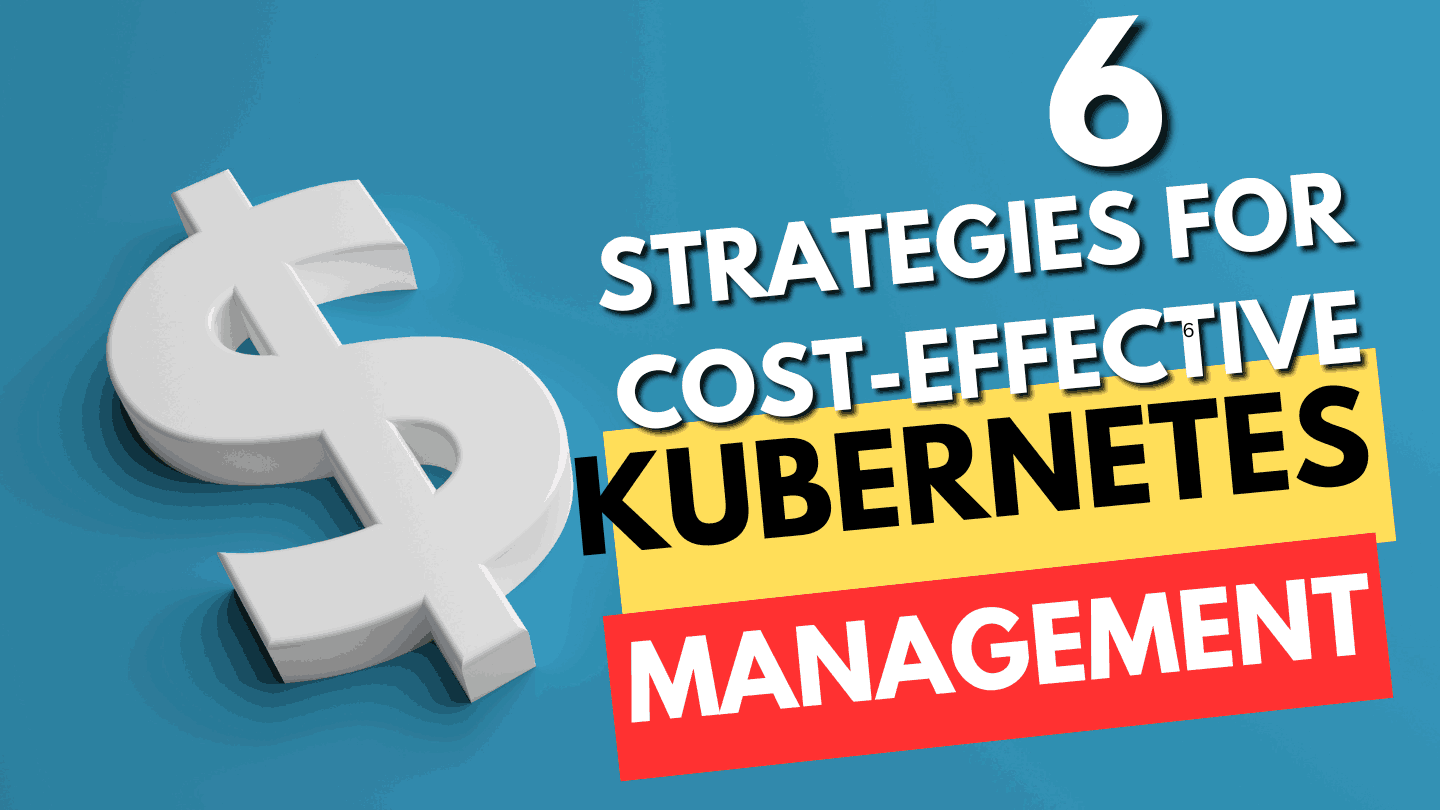Top 10 Cybersecurity Trends to Watch in 2024
Explore 2024's key cybersecurity trends and strategies. Learn how professionals protect systems against evolving cyber threats.

Top 10 cybersecurity trends highlight the dynamic nature of cyber threats and the need for nuanced responses from cybersecurity professionals to protect systems, networks, and data in 2024.
Businesses, corporate entities, organizations, and governments of various sizes have integrated computerized systems into their daily operations to enhance efficiency.
As a result, safeguarding cybersecurity has become a critical priority to shield data from a myriad of online threats and unauthorized access attempts. With the continuous evolution of technology, cybersecurity trends are also evolving, with data breaches, ransomware incidents, and cyber attacks growing more prevalent.
Enhance your proficiency by enrolling in security courses conducted by industry professionals, equipping yourself with the necessary knowledge and expertise to ensure robust data protection measures.
Cyber Warfare and State-Sponsored Attacks
The escalation of cyber warfare and state-sponsored attacks poses a significant threat to national security and economic stability. With cybercriminals leveraging advanced tactics and technologies, governments and organizations must bolster their defenses to mitigate these risks effectively.
Vulnerabilities in the Healthcare Sector
Despite stringent regulations, the healthcare sector remains vulnerable to cyber threats, with data breaches compromising patient confidentiality and disrupting critical healthcare services. Strengthening cybersecurity measures and implementing robust data protection protocols are imperative to safeguard sensitive medical information.
Challenges in Hybrid Work Environments
The shift towards remote and hybrid work models has introduced new cybersecurity challenges, necessitating enhanced security protocols to protect sensitive data and mitigate the risks associated with remote access and collaboration.
Generative AI and Deepfakes
The proliferation of generative AI, particularly in the form of deepfakes, presents a novel cybersecurity threat, with malicious actors exploiting advanced artificial intelligence to perpetrate fraud and deception. Organizations must deploy sophisticated detection mechanisms to combat the rising tide of AI-driven cyber threats.
Supply Chain Attacks
Supply chain attacks have emerged as a significant concern, with cybercriminals targeting vulnerable links in the supply chain to infiltrate networks and compromise data integrity. Strengthening supply chain security and implementing robust vendor risk management practices are essential to mitigate these risks effectively.
Increasing AI Threats and Detection
The rapid adoption of AI technologies has led to the discovery of new risks associated with artificial intelligence, prompting cybersecurity experts to leverage AI-driven solutions for threat detection and response. Harnessing the power of AI to bolster cybersecurity defenses is crucial in combating evolving cyber threats.
Advanced Phishing Techniques
Phishing and social engineering continue to be prevalent attack vectors, with cybercriminals employing increasingly sophisticated techniques to deceive users and gain unauthorized access to sensitive information. Educating employees about phishing risks and implementing multi-layered security measures are essential to thwart phishing attacks effectively.
Geopolitical Tensions and Cybersecurity
Geopolitical events and tensions can create cybersecurity vulnerabilities, with adversaries exploiting political unrest to launch cyber attacks and disrupt critical infrastructure. Heightened vigilance and proactive security measures are essential to safeguard against geopolitical cyber threats.
Cybersecurity Skills Crunch
The shortage of cybersecurity professionals with the requisite skills and expertise poses a significant challenge for organizations seeking to bolster their security posture. Investing in training, development, and upskilling programs is essential to address the cybersecurity skills gap and build a resilient workforce capable of defending against evolving cyber threats.
Ransomware Response Strategies
Ransomware attacks continue to pose a significant threat to organizations, with cybercriminals targeting critical systems and demanding ransom payments for data decryption. Developing robust incident response plans and implementing proactive security measures are essential to mitigate the impact of ransomware attacks and safeguard organizational assets.
Conclusion
In conclusion, the cybersecurity landscape in 2024 is characterized by a dynamic interplay of emerging threats and evolving technologies, underscoring the importance of proactive security measures, robust defense strategies, and continuous vigilance in safeguarding digital assets and mitigating cyber risks. By staying abreast of these emerging trends and adopting a proactive approach to cybersecurity, organizations can effectively navigate the complex cybersecurity landscape and protect their critical assets from evolving cyber threats.

Discover essential cloud security trends for 2023. Stay ahead with modern approaches to protect your evolving cloud environment

As we navigate the complexities of the digital age, hybrid cloud optimization emerges as a cornerstone of modern IT strategy.
